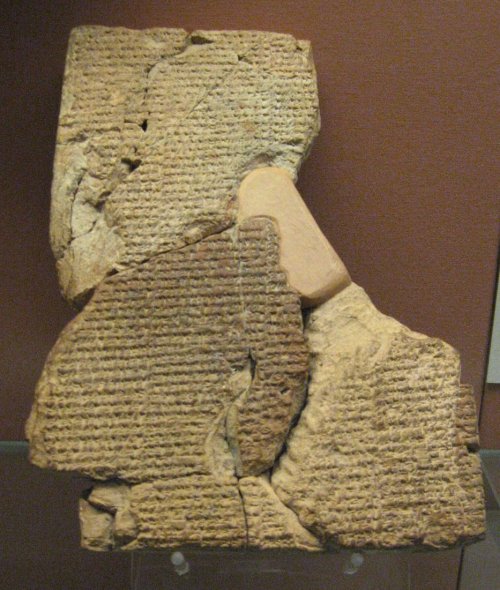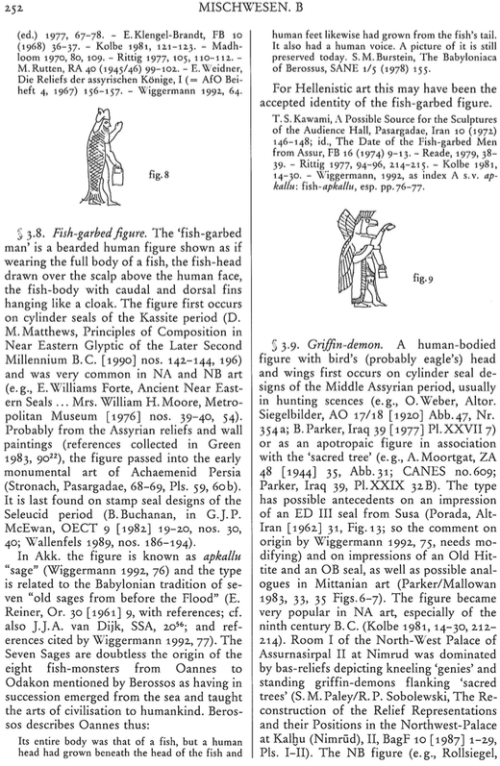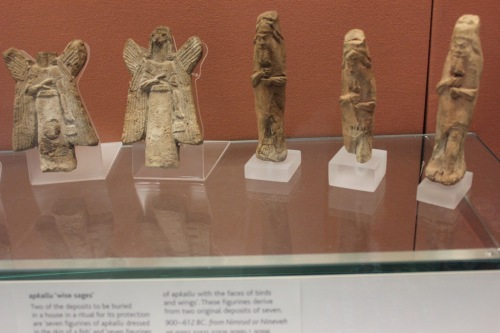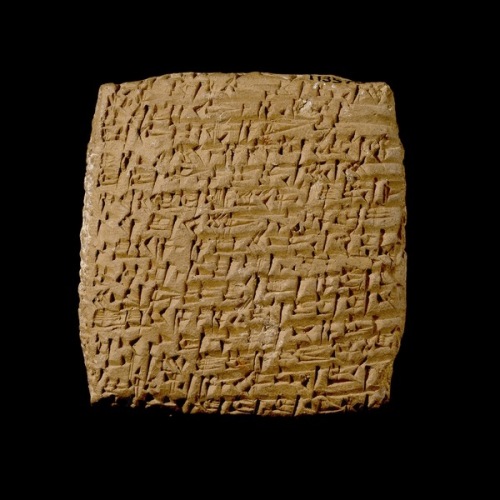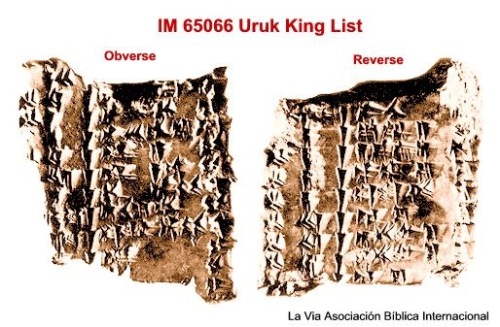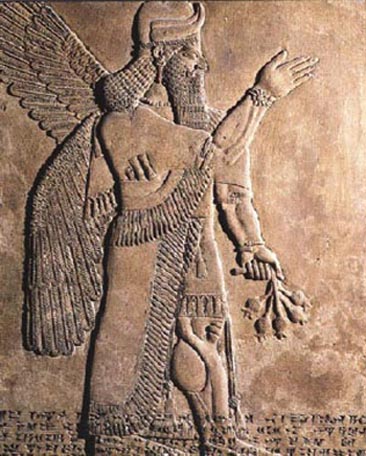
Gregor Reisch (1467-1525), title page of Margarita philosophica, or the Pearl of Wisdom, Freiburg, 1503. Multiple copies of this work are preserved. This work is in the public domain in its country of origin and other countries and areas where the copyright term is the author’s life plus 100 years or less.
“We have often paused to draw attention to side-effects. Without forced comparisons and without exaggerated claims, it seems permissible at this point to ask informed readers to reconsider various chapters of the history of philosophy, especially those concerning the advent of contemporary logic and linguistic analysis.
Would these developments have been possible without the secular debate on the nature of the perfect language, and, in particular, the various projects for philosophical a priori languages?
In 1854, George Boole published his Investigations of the Laws of Thought. He announced his intention to discover the fundamental laws governing the mental operations of the process of reasoning. He observed that without presupposing these laws, we could not explain why the innumerable languages spread around the globe have maintained over the course of centuries so many characteristics in common (II, 1).
Frege began his Begriffsschrift (on ideography, 1879) with a reference to Leibniz’s characteristica. In The Philosophy of Logical Atomism (1918-9), Russell noted that in a perfectly logical language, the relation of a word to its meaning would always be one to one (excepting words used as connectives).
When he later wrote Principia mathematica with Whitehead, he noted that, although their language possessed a syntax, it could, with the addition of a vocabulary, become a perfect language (even though he also admitted that is such a language were to be constructed it would be intolerably prolix).
For his part, Wittgenstein, renewing Bacon’s complaint concerning the ambiguity of natural languages, aspired to create a language whose signs were univocal (Tractatus logico-philosophicus, 1921-2, 3.325ff) and whose propositions mirrored the logical structure of reality itself (4.121).
Carnap proposed constructing a logical system of objects and concepts such that all concepts might be derived from a single nucleus of prime ideas (Der logische Aufbau der Welt, 1922-5). In fact, the entire logical positivist movement was heir to the Baconian polemic against the vagaries of natural languages productive of nothing but metaphysical illusions and false problems (cf. Recanati 1979).
These philosophers all hoped to construct a scientific language, perfect within its chosen range of competence, a language that would be universal as well; none, however, claimed that such a language would ever replace natural language.
The dream had changed, or, perhaps, its limitations had finally, reluctantly been accepted. From its search for the lost language of Adam, philosophy had by now learned to take only what it could get.
In the course of centuries through which our particular story has run, another story began to disentangle itself as well–the search for a general or universal grammar. I said in the introduction that this was not a story that I intended to tell here.
I shall not tell it because the search for a single corpus of rules underneath and common to all natural languages entailed neither the invention of a new language nor a return to a lost mother tongue. None the less, the search for what is constant in all languages can be undertaken in two ways.
The first way is to follow empirical and comparative methods; this requires compiling information on every language that exists–or existed (cf. Greenberg 1963).
The second way can be traced back to the time in which Dante (influenced or not by the doctrines of the Modists) attributed the gift of a forma locutionis to Adam. On this line of thought, scholars have more often tried to deduce the universal laws of all languages, and of human thought, from the model of the only language they knew–scholastic Latin–and in 1587 Francisco Sanchez Brocense was still doing so with his Minerva, seu causis linguae latinae.
The novelty of the Grammaire générale et raisonnée of Port Royal (1660) was simply the decision of taking as a model a modern language–French.
Choosing this way requires never being brushed by the scruple that a given language represents only a given way of thinking and of viewing the world, not universal thought itself.
It requires regarding what is called the “genius” of a language as affecting only the surface structures rather than the deep structure, allegedly the same for all languages.
Only in this way will be be possible to regard as universal, because corresponding to the only logic possible, the structures discovered in the language in which one is used to think.
Nor does it necessarily alter the problem to concede that–certainly–the various languages do exhibit differences at their surface level, are often corrupted through usage or agitated by their own genius, but still, if universal laws exist, the light of natural reason will uncover them because, as Beauzée wrote in his article on grammar in the Encyclopédie, “la parole est une sorte de tableau dont la pensée est l’original.”
Such an argument would be acceptable, but in order to uncover these laws one needs to represent them through a metalanguage applicable to every other language in the world. Now, if one chooses as metalanguage one’s own object language, the argument becomes circular.
In fact, as Simone has put it (1969: XXXIII), the aim of the Port Royal grammarians…
“…is therefore, in spite of the appearances of methodological rigor, prescriptive and evaluative, in so far as it is rationalist. Their scope was not to interpret, in the most adequate and coherent way possible, the usages permitted by the various languages.
If it were so, a linguistic theory should coincide with whole of the possible usages of a given tongue, and should take into account even those that native speakers consider as “wrong.”
Instead, their aim was to emend this variety of uses in order to make them all conform to the dictates of Reason.”
What makes the search for a universal grammar of interest in our story is, as Canto has noted (1979), that in order to be caught within the vicious circle, it is only necessary to make one simple assumption: the perfect language exists, and it is identical to one’s own tongue.
Once this assumption is made, the choice of the metalanguage follows: Port Royal anticipates de Rivarol.
This is a problem that remains for all attempts–contemporary ones included–to demonstrate that syntactic or semantic universals exist by deducing them from a given natural language, used simultaneously both as a metalanguage and as object language.
It is not my argument here that such a project is desperate: I merely suggest that it represents but another example of the quest for a philosophical a priori language in which, once again, a philosophical ideal of grammar presides over the study of a natural language.
Thus (as Cosenza has shown, 1993) those modern day branches of philosophy and psychology which deliberately appeal to a language of thought are also descendants of those older projects.
Such a “mentalese” would supposedly reflect the structure of mind, would be purely formal and syntactical calculus (not unlike Leibniz’s blind thought), would use non-ambiguous symbols and would be based upon innate primitives, common to all species.
As happened with Wilkins, it would be deduced according to a “folk psychology,” naturally within the framework of a given historical culture.
There are perhaps more remote descendants of the a priori projects, which have sought to found a language of mind not upon Platonic abstractions but upon the neuro-physiological structures of the brain.
Here the language of mind is the language of the brain; the software is founded upon the hardware. This is a new departure; since the “ancestors” of our story never dreamed of venturing this far, and many of them were not even certain that the res cogitans was located in the brain rather than the heart or the liver (even though an attractive wood cut showing the localization of the faculty of language in the brain–as well as those for imagination, estimation and memory–already appears in the fifteenth century in Gregor Reysch’s Margarita philosophica.
Differences are sometimes more important than identities or analogies; still, it would hardly be a waste of time if sometimes even the most advanced students in the cognitive sciences were to pay a visit to their ancestors.
It is frequently claimed in American philosophy departments that, in order to be a philosopher, it is not necessary to revisit the history of philosophy. It is like the claim that one can become a painter without having seen a single work of Raphael, or a writer without having ever read the classics.
Such things are theoretically possible; but the “primitive” artist, condemned to an ignorance of the past, is always recognizable as such and rightly labelled as a naïf. It is only when we reconsider past projects revealed as utopian or as failures that we are apprised of the dangers and possibilities for failure for our allegedly new projects.
The study of the deeds of our ancestors is thus more than an antiquarian pastime, it is an immunological precaution.”
Umberto Eco, The Search for the Perfect Language, translated by James Fentress, Blackwell. Oxford, 1995, pp. 312-6.





